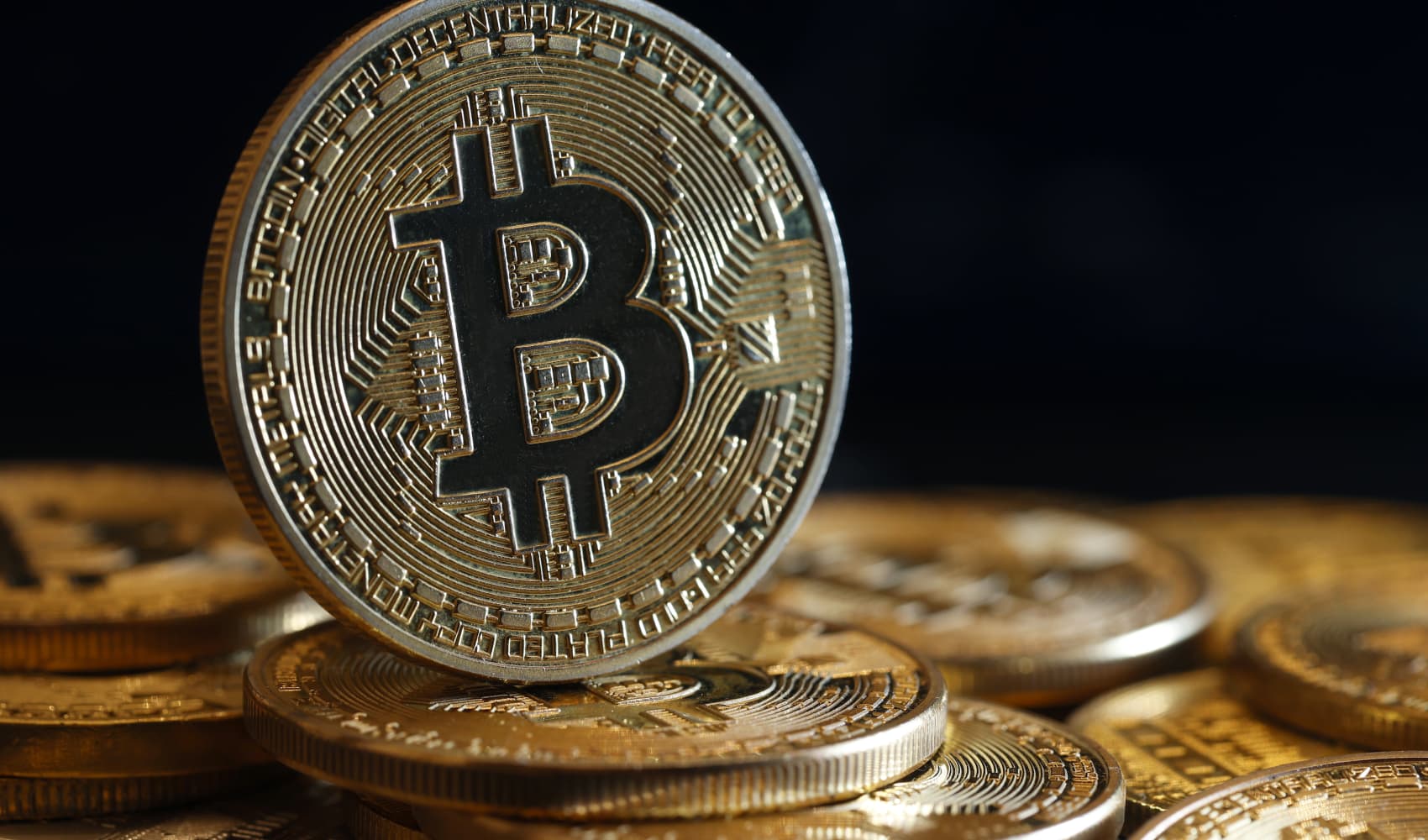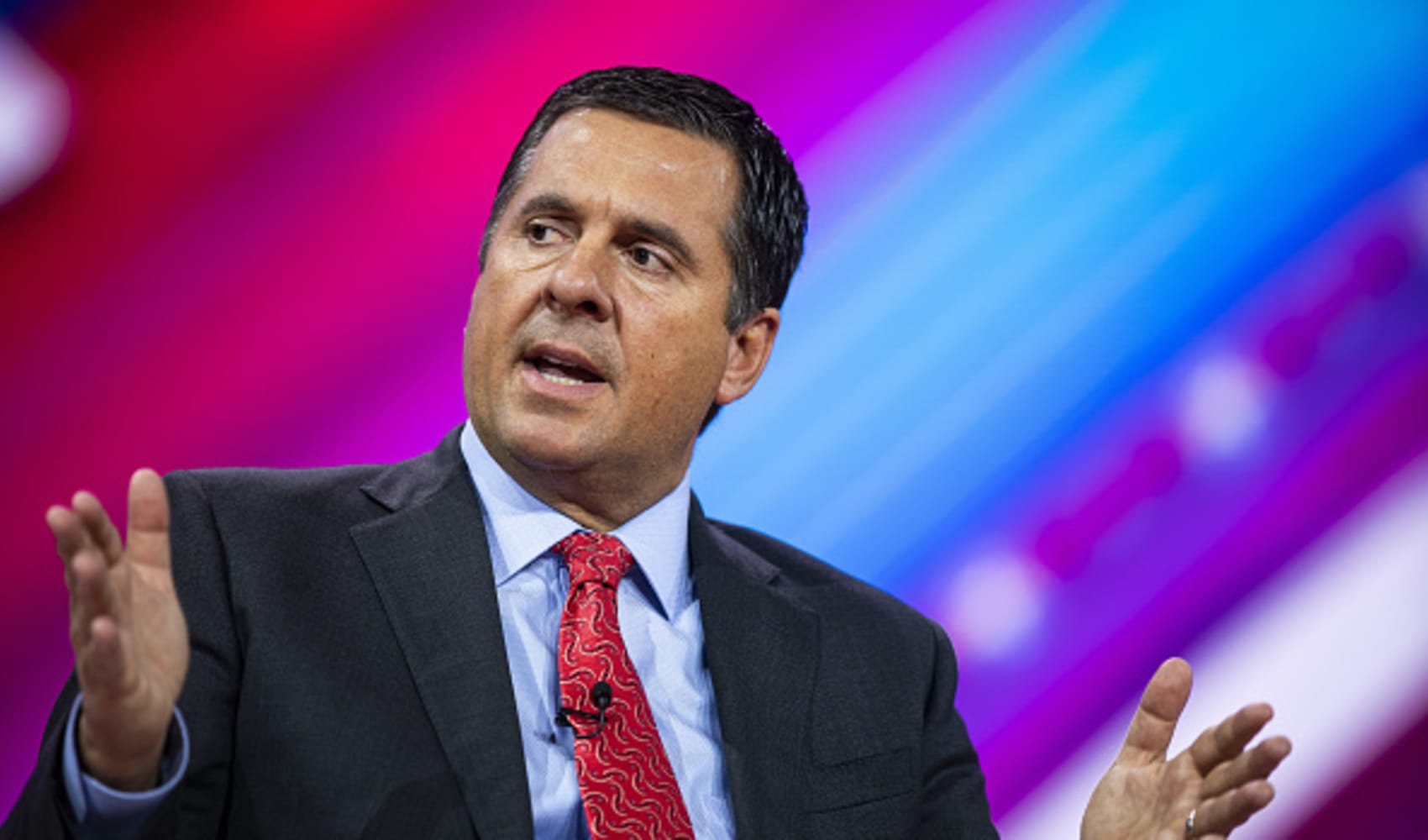
It appears that the easy money train is going to come to a screeching halt this year. And not just at home, but around the world.
Interest rates in the U.S. are jumping as inflation remains sticky. Supply chains are still disrupted. The economy is strong. Wage pressures persist amid massive distortions in the labor market.
Inflation in Europe is accelerating, too, reducing the amount of negative interest rate-bearing sovereign debt.
Ten-year German bunds, at one juncture, carried a negative yield of minus half a percent. They are almost back to zero today, still low to be sure, but well above their historic trough.
Get DFW local news, weather forecasts and entertainment stories to your inbox. Sign up for NBC DFW newsletters.
Here at home, the Federal Reserve now seems hell-bent on ripping off the bandage and speeding the pace of tapering, rate hikes and balance sheet reductions. Markets appear to be relatively sanguine about this, recent volatility notwithstanding.
Some credit experts view the coming dip in risk assets as a buying opportunity, but I wouldn't be so certain.
A rapid return to trend
Money Report
If history is any guide — and it's a very rough guide for our current circumstances — tighter monetary policies, especially when they are likely to be synchronized in much of the Western world, are likely to bring about that long-awaited 20% correction on Wall Street and in other financial markets around the globe. They may even bring full-fledged bear markets.
This is a year in which I believe Main Street will fare far better than Wall Street.
Economic growth will remain above trend, the pandemic will have likely peaked, and possibly burn itself out.
Inflation will moderate as supply chain pressures resolve and labor will outperform capital.
There are some studies suggesting that there could be a rather rapid return to trend on everything from growth to inflation, given that medical breakthroughs and fiscal and monetary policies have been more effective in beating back the effects of this pathogen than in other historic global pandemics.
Covid and its variants have taken a toll on millions, it's true, but unlike prior pandemics the victims have not been concentrated among the working-age population.
Income supports have been robust, at least until now, and vaccines and treatments have been delivered with record speed.
That all points to a more rapid normalization of everyday life.
Entering the 'old normal'
It's also possible that as those supports are removed, Wall Street suffers more than Main Street.
2022 may be the year of the "old normal" for non-financial types. In other words, the return of trendline everything in the real world.
The Federal Reserve, on the other hand, may be thinking it's fighting a new normal of peak growth, persistent inflation and permanent wage hikes that, taken together, demand draconian policy changes.
I'm betting they are wrong on that, but I'm also betting they will act more aggressively anyway.
They have done a great job dealing with a nearly unique set of economic circumstances dealt to them over the last two years.
Let's hope the central bank plays the next hand with the same skill.
For the first time in many years, I am doubting the Fed will do so as political pressure to fight a soon-to-be defeated enemy — inflation — will force a move that they will have to take back almost as soon as they make it.
—Ron Insana is a CNBC contributor and a senior advisor at Schroders.






